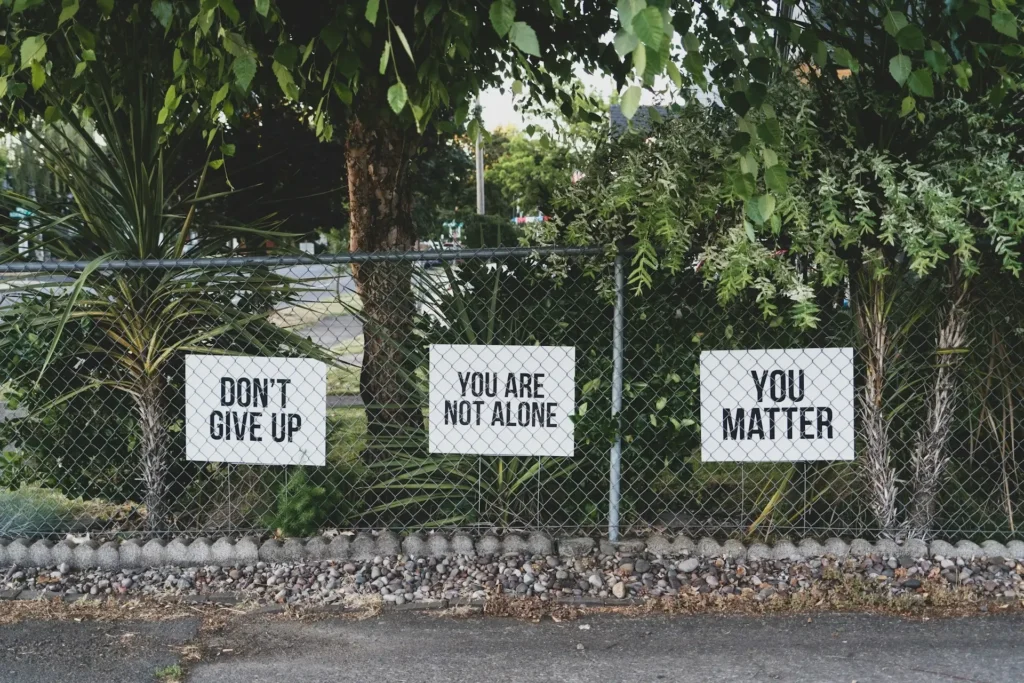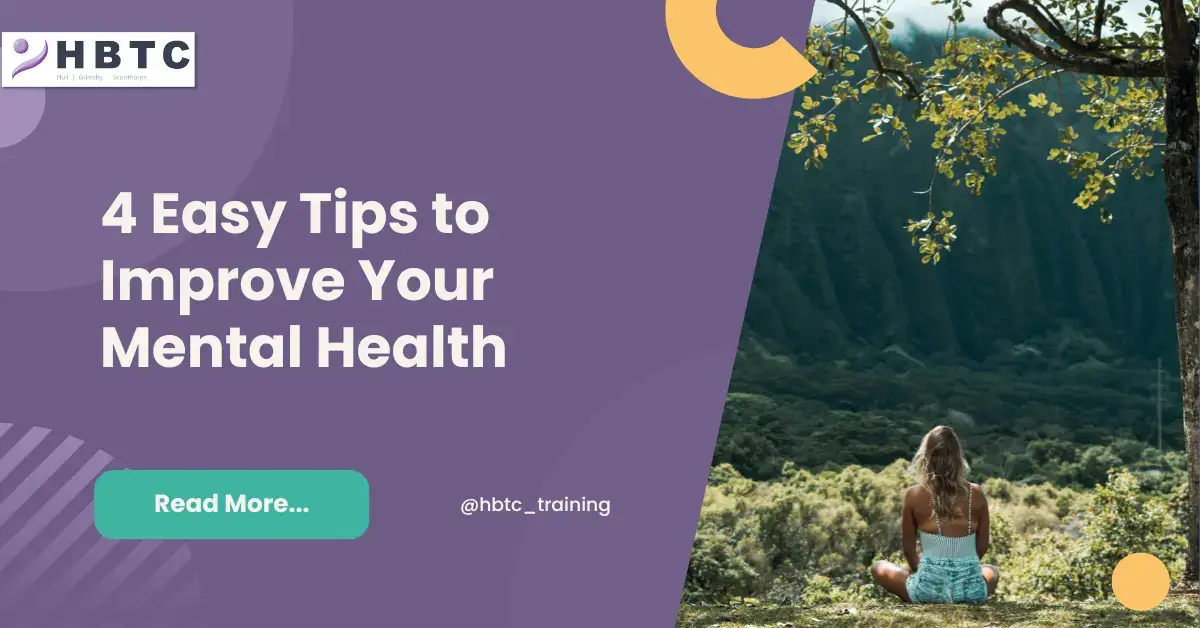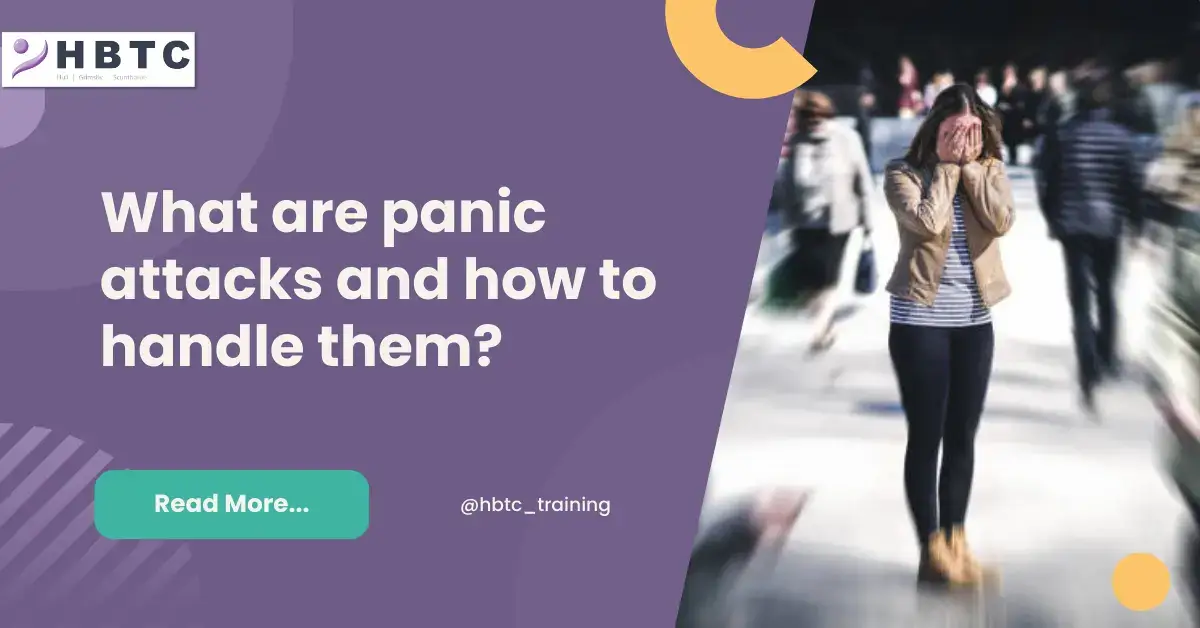Anxiety and Depression: Recognising Signs and Symptoms In the Workplace
In this article, we will be analysing both anxiety and depression to help you gain a better understanding of the signs and symptoms and, how you can help yourself and those around you when dealing with these mental health issues.
What is anxiety?
Anxiety is a natural feeling or response characterised by feelings of distress, fear or worry. Part of the body’s “fight or flight” response, anxiety can interfere with daily life and often functions as a persistent condition, this is known as anxiety disorder. However, it can also be a normal reaction to certain situations such as taking an exam or facing a difficult problem at work.
What are the symptoms of anxiety?
Physical symptoms can include:
- Churning feelings in your stomach
- Feeling light-headed or dizzy
- Difficulty concentrating
- Sweating and hot flushes
- Nausea
- A change in your sex drive
- Teeth grinding
- Increased heart rate
- Physical tension
- Feeling irritable
- Getting tired easily
Mental symptoms can include:
- Fearing the worst
- Feeling extremely nervous or tense
- Derealisation – feeling disconnected
- Feeling like you cannot stop worrying that something bad may happen/ worrying about what people think about you
- Low mood
- Rumination
Anxiety can come in a range of forms such as panic disorder, phobias such as claustrophobia, post-traumatic stress disorder (PTSD), obsessive-compulsive disorder (OCD) and social anxiety disorder (social phobia). Different types of anxiety can affect people in different ways. Some people have anxiety that may impact their ability to work, whilst others may be able to go to work but get anxiety from answering the telephone.
What is depression?
Depression is a mental health disorder distinguished by relentless feelings of hopelessness, despondency and unhappiness. It can affect a person’s behaviour, thoughts and physical well-being, which often leads to difficulties in daily functioning.

What are the symptoms of depression?
- Feeling empty or sad
- Losing interest in activities you once enjoyed
- Low energy and feeling tired
- Having trouble concentrating
- Suicidal thoughts
- Sleep disturbances
- Changes in appetite
Did you know there are different types of depression?
These include:
- Persistent depressive disorder (PDD). PDD is a persistent depressive disorder that can last for two years or more. This is also known as chronic depression or dysthymia.
- Antenatal depression, otherwise known as prenatal depression. This disorder can occur during pregnancy.
- Postnatal depression. This is depression which can arise within the first year after having a baby. This can include either parents or sometimes, both.
- Premenstrual dysphoric disorder (PMDD). This is a hormone-related disorder that affects both the body and the mental state. This often happens within the first or second week before a menstrual period.
- Seasonal affective disorder (SAD). SAD is a type of depression that can take place within a specific time of the year or during a particular season. For many, this often occurs during winter when the days become darker and the weather becomes colder.
Overall, depression can arise from a combination of biological, genetic, psychological and environmental factors. Symptoms vary from person to person, many people can experience intense symptoms of depression such as finding day-to-day life extremely difficult, as well as suicidal thoughts. Others may encounter milder symptoms of depression such as having reoccurring low moods, but are still able to carry on with their daily lives, even when things can feel challenging and less purposeful.
Recognising the signs and symptoms with those who you work with
Although it is incredibly important to try and look after yourself, it is also GREAT to help those around you who may be suffering with anxiety or depression, whether this may be at home, with your friends and within the workplace.
Going into work or starting a new job can be daunting, often people tend to shut off from others if they feel as though they are struggling or are under a lot of stress at work. Everyone is different, many people may keep their feelings to themselves rather than voicing it aloud. A simple “are you okay today?” may encourage those around you to talk if they are struggling.
Recognising the symptoms of anxiety and depression can really help you to identify whether or not someone you work with is struggling with their mental health. Some people feel comfortable expressing their mental health issues.
How can I help or get help?
Here are some things you can begin to say to someone at work when noticing their struggles:
- “Would you like to talk?”
- “Why don’t you tell me how you are feeling?”
- “Can I do anything to help you?”
- “How are you managing today?”
- “I am here for you if you if you want to talk”
Remember you are not alone, talking to those around you can allow you to express the way you feel without burying it inside your head. Professional treatments such as therapy, medication or lifestyle changes can also help you cope with anxiety and depression. Even if you feel as though you cannot tell anyone around you, there are numerous anonymous resources over the phone, online and in person, with trained providers that can help.
- NHS England – https://www.england.nhs.uk/urgent-emergency-care/nhs-111/ or call on 111
- Shout – https://giveusashout.org/ or text 85258
- Samaritans – https://www.samaritans.org/ or call on 116 123
- Mind – https://www.mind.org.uk/ or call on 0300 102 1234
- SANEline – https://www.sane.org.uk/how-we-help/emotional-support/saneline-services or call on 0300 304 7000
- National Suicide Prevention Helpline UK – https://www.spuk.org.uk/national-suicide-prevention-helpline-uk/ or call on 0800 689 5652
- Campaign Against Living Miserably (CALM) – https://www.thecalmzone.net/ or call on 0800 58 58 58
- Find more helpful contacts on our support page.
If you or someone you know may be at risk of suicide call 999.
If you or someone you know may be having suicidal thoughts, call 111 or visit any other resources listed above.
You may also be interested in…

Emily Simpson
Emily is our Learner Engagement Apprentice and is involved with all things social media and content development. She is also responsible for attending career events and maintaining relationships with local schools and colleges.


